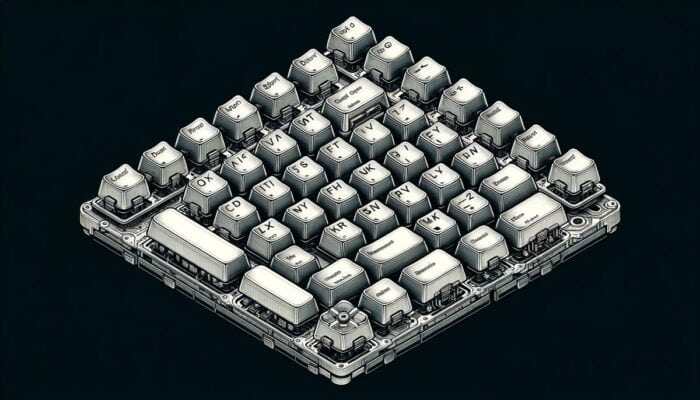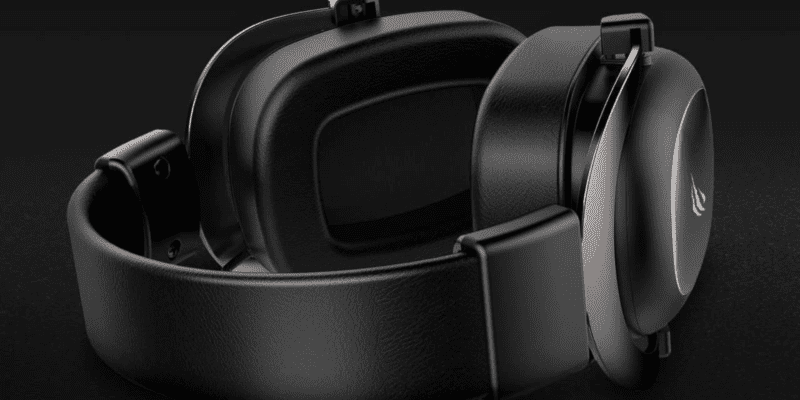How to clean your computer case? The computer case is one of the dirtiest parts of your computer. It doesn’t matter if you have a laptop or desktop, the bottom of the case is usually a breeding ground for dust and other particles. The good news is that cleaning your computer case is actually pretty easy. So, how to do it? Read this article until end to know more about it. In this blog, we also have an article about best computer case atx full side acrylic that you might want to read about it.
How To Clean Your Computer Case
Cleaning your computer case is a necessary part of keeping your computer running smoothly. Here are the steps to do it:
Unplug Your Devices and Get to Work
The first step is to shut down your PC completely. Unplug all the cords from the back and front of the device when it is shut off. Take a picture if you have a lot of wires connected so you can put them back the same way.
Instead, you can disconnect the power line from your computer and turn the power supply switch off. As long as your computer is plugged into a properly grounded outlet, your PC case will remain grounded. Alternatively, unplug the power cable and follow our previous instructions for preventing static accumulation.
To begin, move your desktop to a clear area. The ideal situation is outside, where you don’t have to worry about where the dust goes and you have access to fresh air. If this isn’t an option, consider working in a garage or another enclosed space where dust won’t be an issue. Compressed air will necessitate a well-ventilated area within.
Remove the Case from the Computer.
Take a rag and wipe down the top and exterior of your PC case before opening it. It’s a good idea to keep the dust from the outside out of your house once you’ve cleaned it well.
Next, you’ll want to get started on your case. The screws that hold the side panels in place can usually be found on the back. A screwdriver may be required to remove these screws. Refer to your user manual if you can’t figure out which screws hold the side panel in place.
Once the screws have been removed, store them someplace safe. if your computer has removable panels on both sides, you can expand your workspace by opening both.
Use Canned Air to Remove Dust from the Interior
- You’re now ready to tackle the bulk of the cleaning. The bottom of your computer, the fans, and the storage drive bays are all likely to have dust buildup.
- Remove as much dust as possible by using compressed air. Insert the straw that came with your can into the nozzle if it has one for increased accuracy.
- When using compressed air, there are a few things to remember:
- Make sure that the tip of the cannister is dry before you shoot it into your computer using a cannister full of compressed air.
- Spraying canned air upside-down will cause the liquid to spew out the can and cause a mess.
- To get the best effects, spray the air in short bursts rather than holding the trigger down for long periods of time.
- In a well-ventilated environment, use compressed air from a can. If at all possible, avoid getting it on your skin or breathing it in. Spraying the PC casing should be done with your face away from it.
- To prevent the fans from whirling while you spray them, use a cotton swab, your finger, or something similar. A computer’s components can be damaged if a fan is spinning too quickly, generating electricity.
- Make sure you don’t blow the dust farther into your case. If you can’t see anything in a dark place, use a flashlight to shine light on it.
Use Your Other Tools For Deeper Cleaning
After using your canned air, go back and examine for places where you may have missed or where dust may have re-established itself. The floor of the case and the side of your graphics card should be cleaned with a damp cloth. Spray any slots or ports with buildup with a can of compressed air.
The PC’s fans are likely to be covered in dust. You can scrape it off with an old toothbrush or other cleaning tool. It’s possible to remove it using a cotton swab or equivalent without either.
Your CPU‘s fan and heatsink should be your first focus. Because the processor is one of the most heat-prone parts of the computer, it must be kept dust-free at all times. Isopropyl alcohol can be used for extremely awful filth, but make sure the cotton swab is only slightly damp and not dripping wet.
Everything from where you live to how long it’s been since you cleaned your PC will affect how unclean it is. Smoking and dogs that shed will make your computer more soiled.
It’s possible to remove components like the video card and RAM in order to make cleaning your computer easier. In addition, this allows you to clean the fans of your video card more quickly by blowing out the ports that those components were plugged into. This is not required, however it allows for a deeper clean if necessary.
If your case includes a dust cover for the power supply fan, it’s easy to forget about it. Discard it, clean out the dust it’s collected, and then inspect the fan behind it.
As a final step, reassemble your computer
Using your flashlight, do a final sweep of the area to make sure everything is spotless. This is a good time to check the inside of your computer for signs of damage. Make sure there are no loose connections, frayed wires, or anything else that doesn’t appear right.
Replace your case’s side covers after you’re finished. Depending on the situation, they can be inserted into a groove with ease. Reinstall the screws after the panels are firmly in place.
Put your computer back where it belongs, then reconnect all of your peripherals. If you switch off the power, don’t forget to turn it back on.
Related Articles For You!
- You may like: What Is An ATX Computer Case? 3 Superb Facts About This Type Of Case
- You may enjoy this article about: How To Cool Computer Case? 6 Superb Ways To Keep Your Computer Case Cool
Our Latest Posts:







